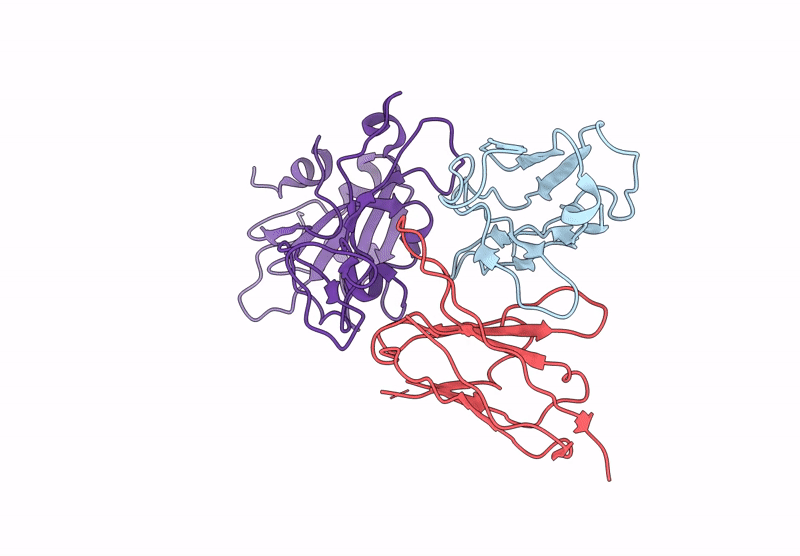
Deposition Date
2024-09-30
Release Date
2025-01-22
Last Version Date
2025-02-26
Entry Detail
PDB ID:
9JS4
Keywords:
Title:
Cryo-EM structure of neutralizing antibody 8G3 in complex with BA.1 RBD
Biological Source:
Source Organism:
Homo sapiens (Taxon ID: 9606)
Severe acute respiratory syndrome coronavirus (Taxon ID: 2697049)
Severe acute respiratory syndrome coronavirus (Taxon ID: 2697049)
Host Organism:
Method Details:
Experimental Method:
Resolution:
3.80 Å
Aggregation State:
PARTICLE
Reconstruction Method:
SINGLE PARTICLE


